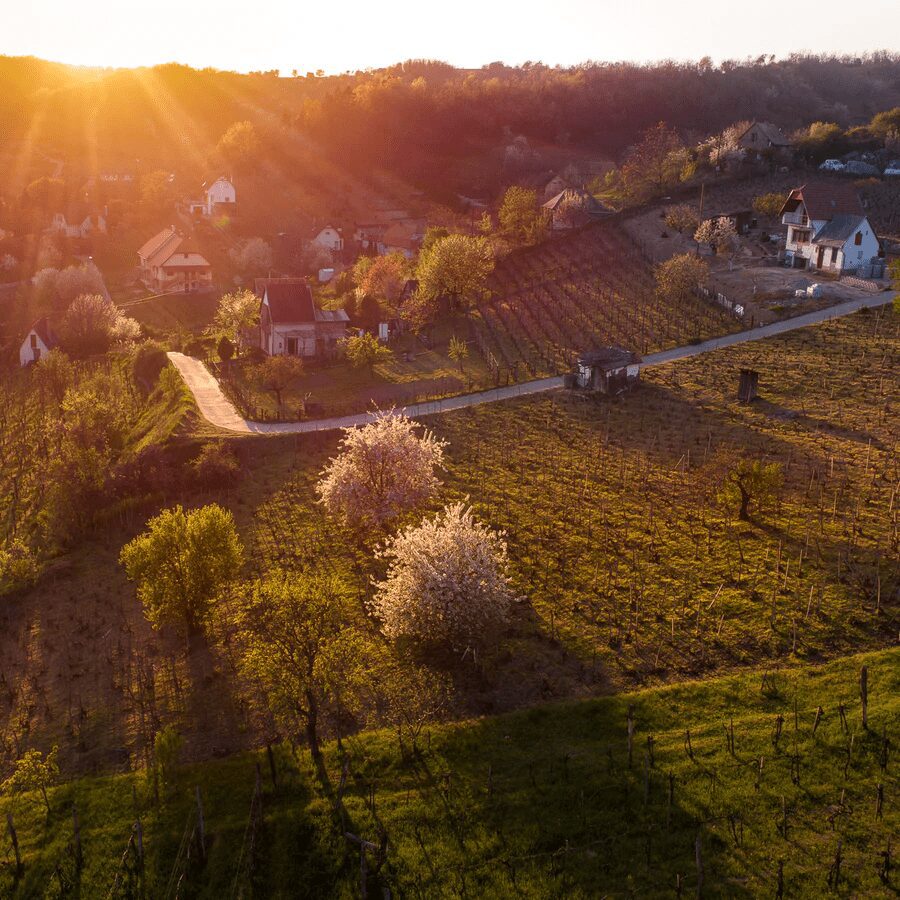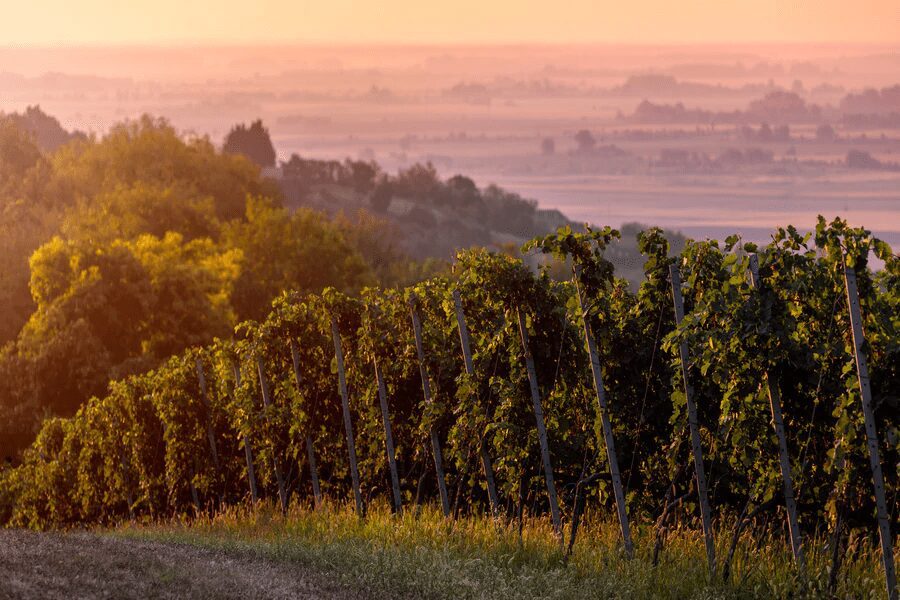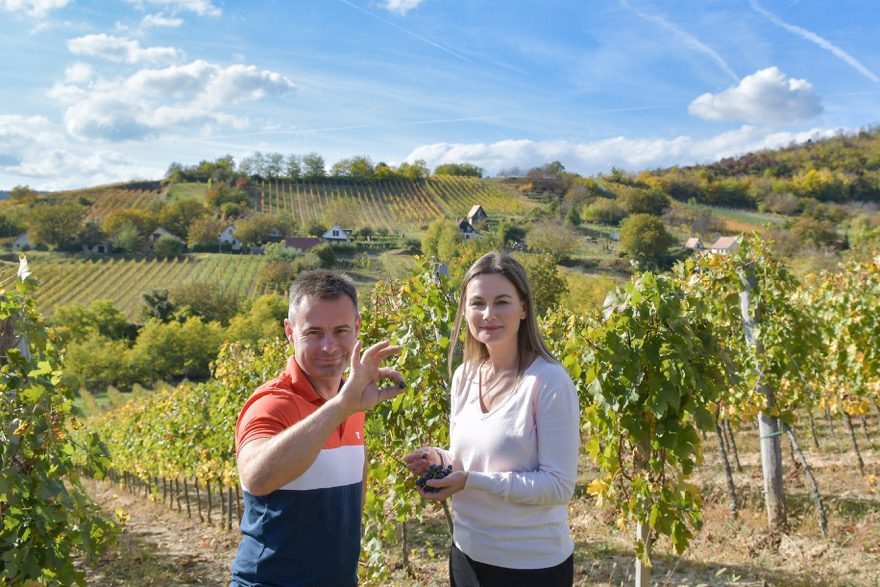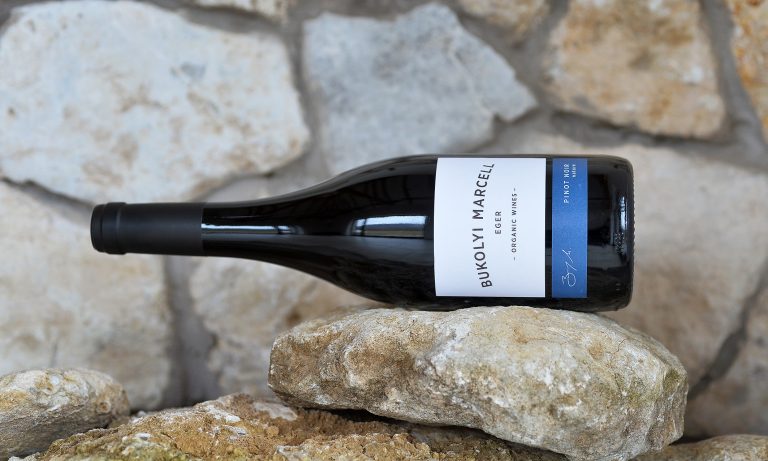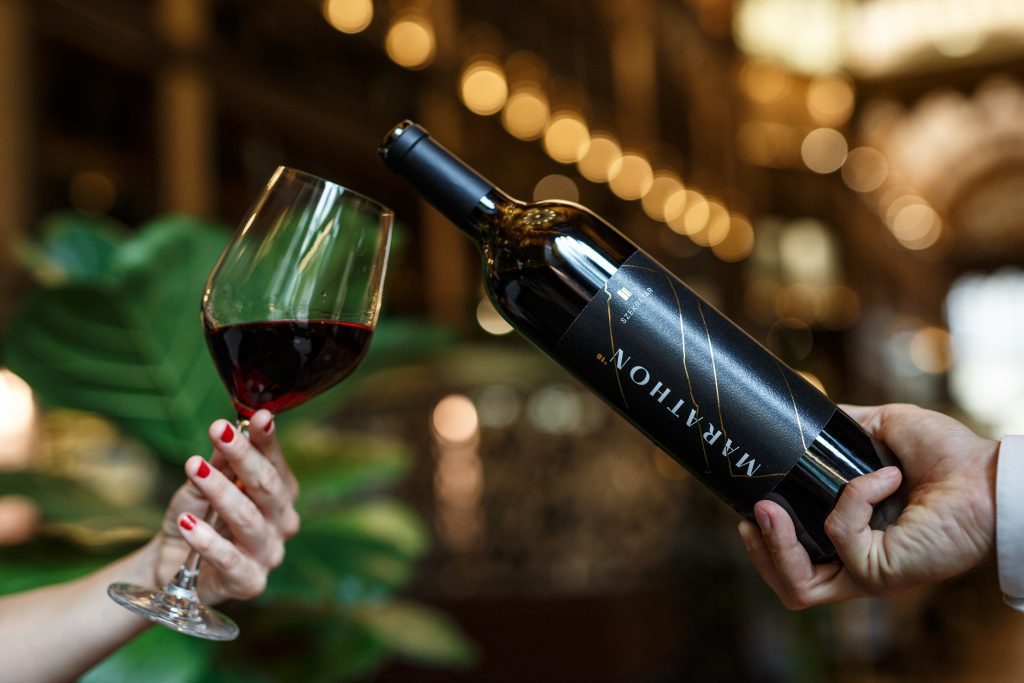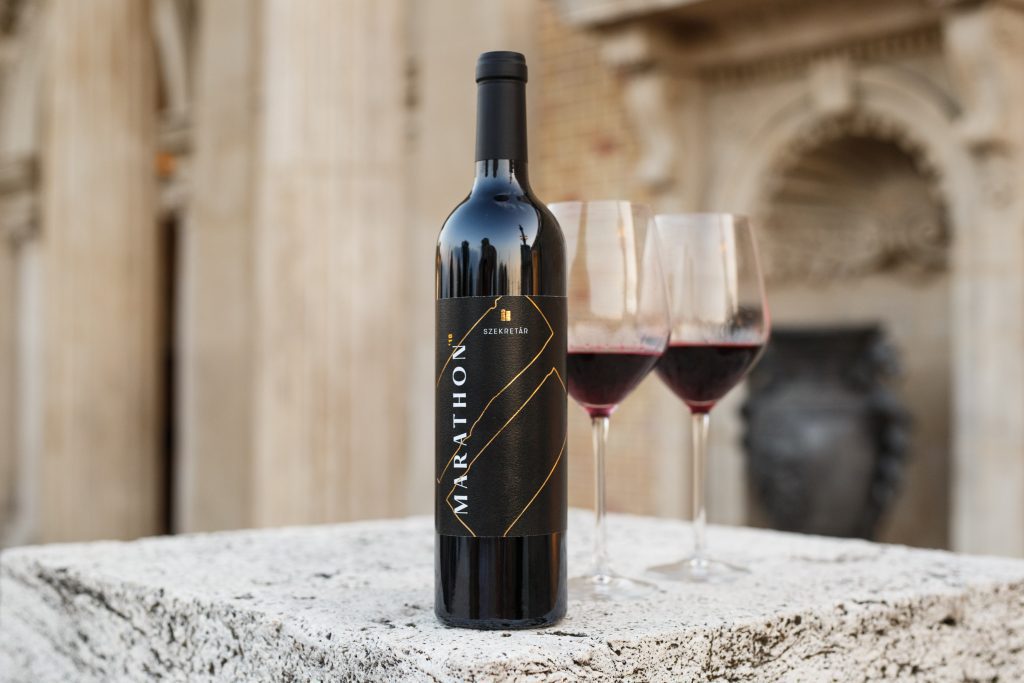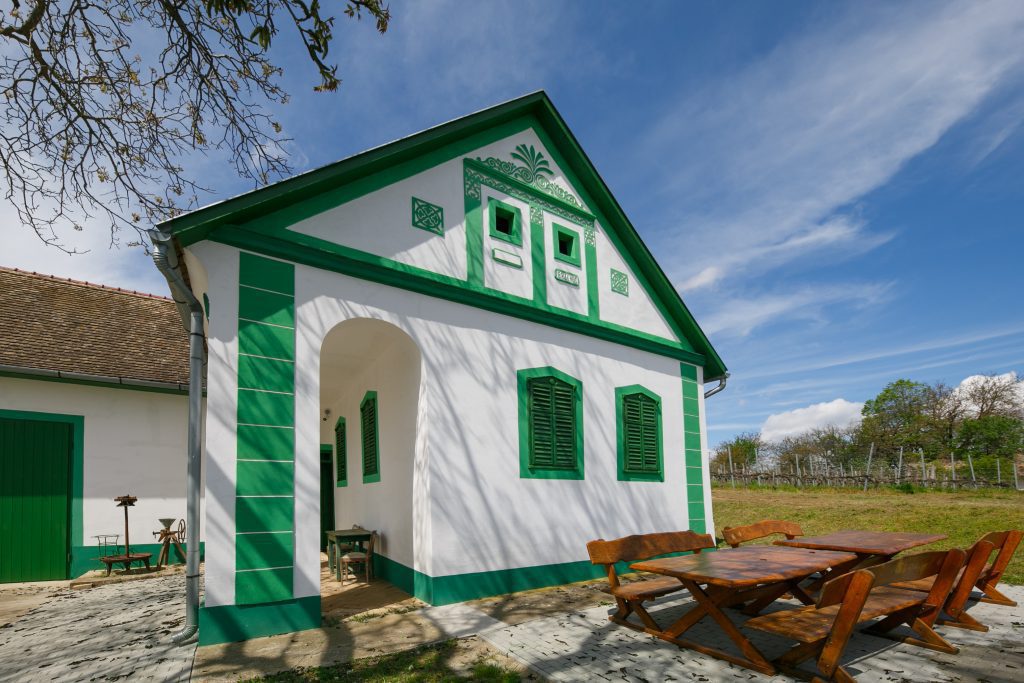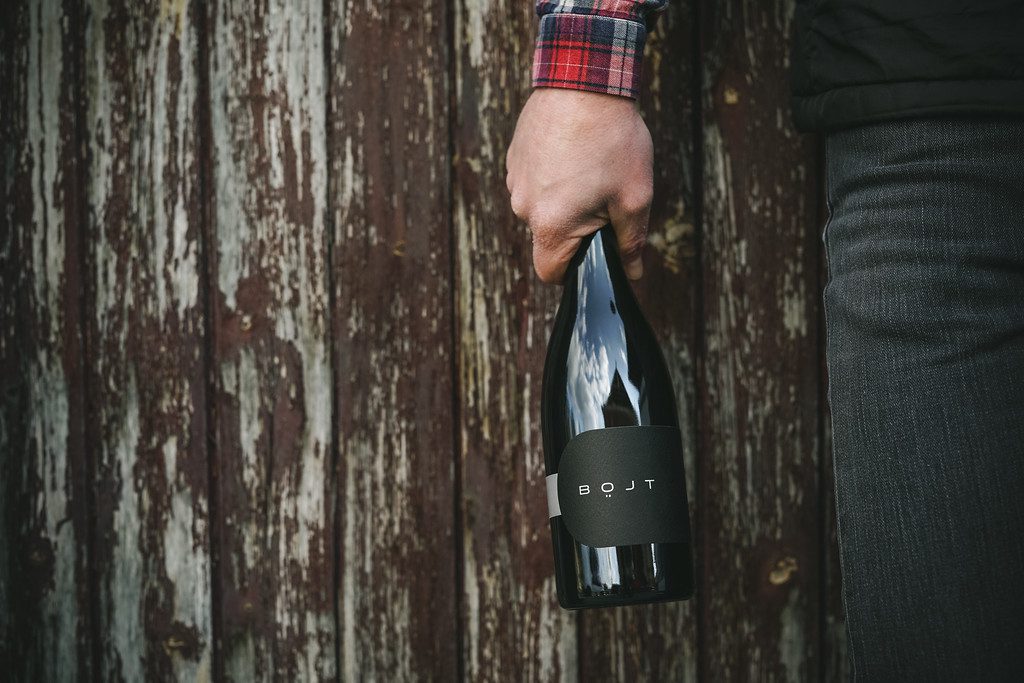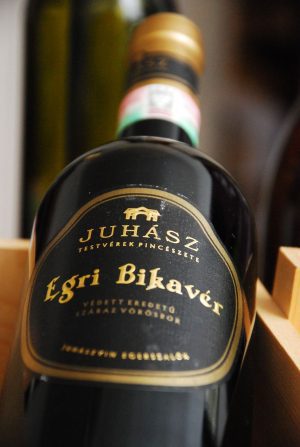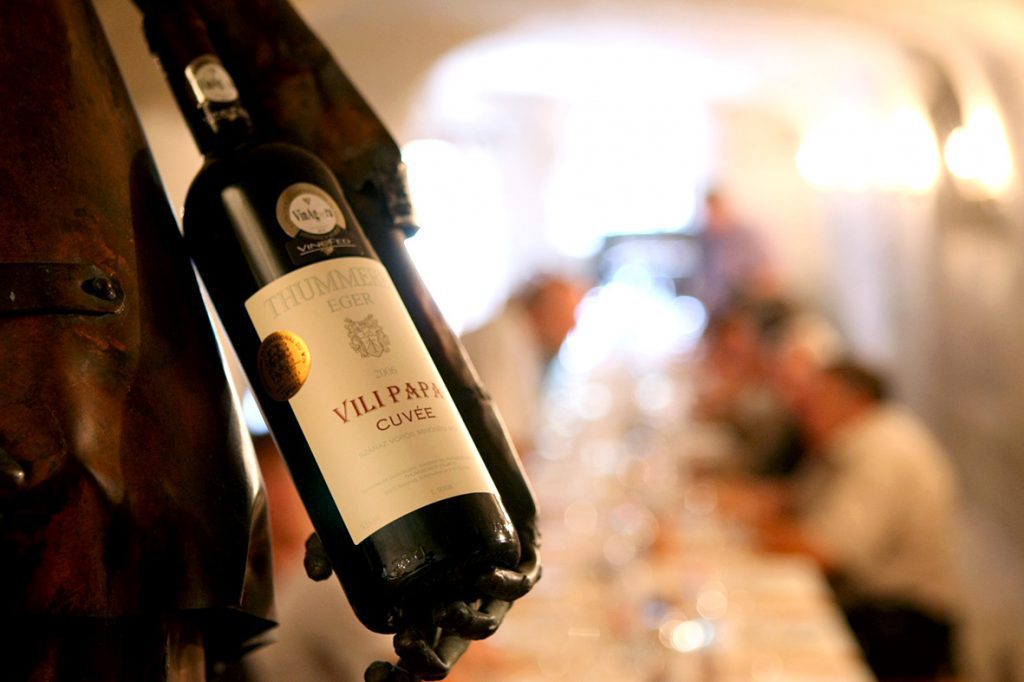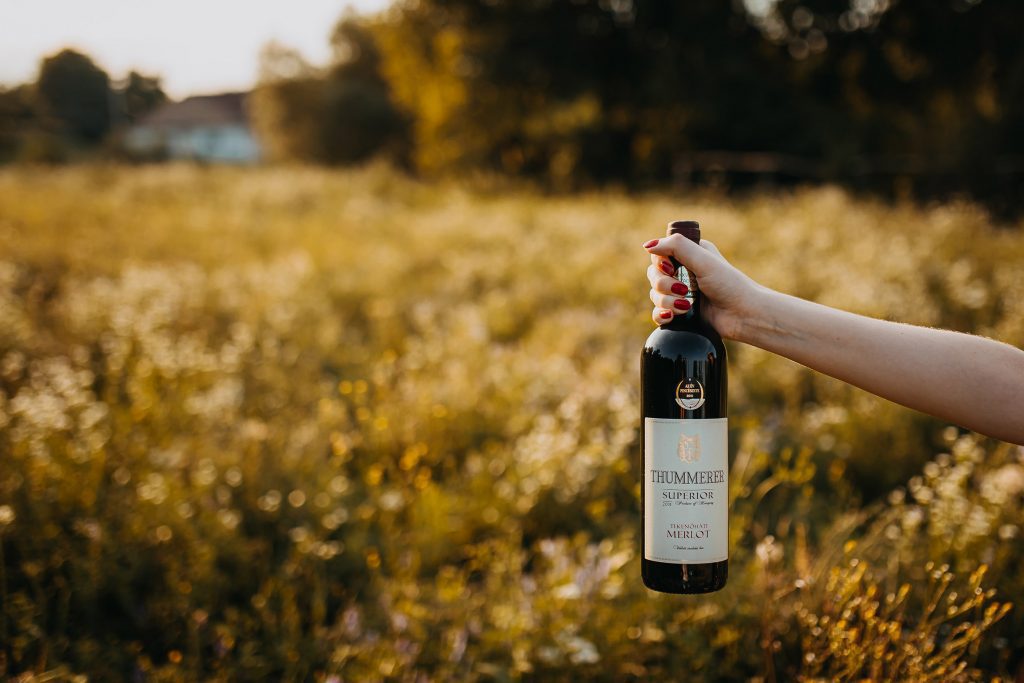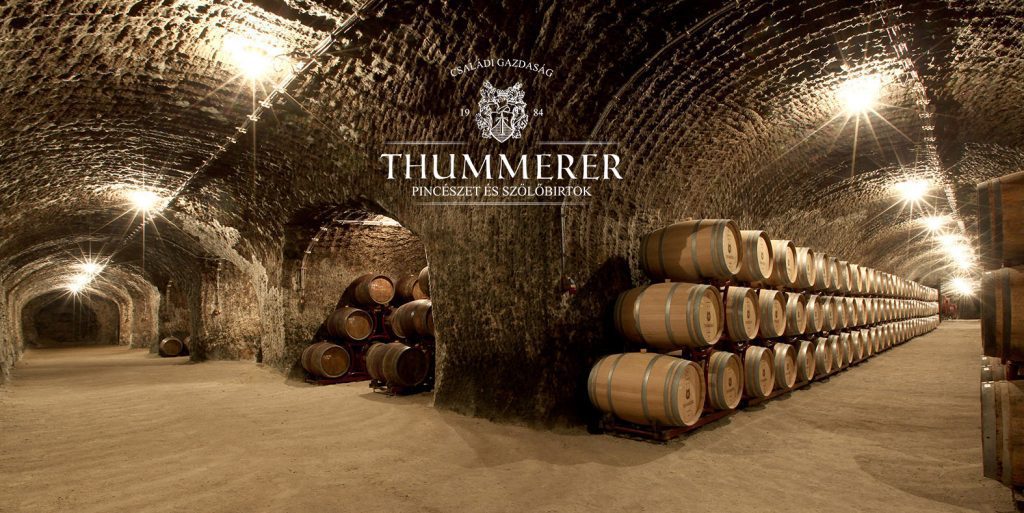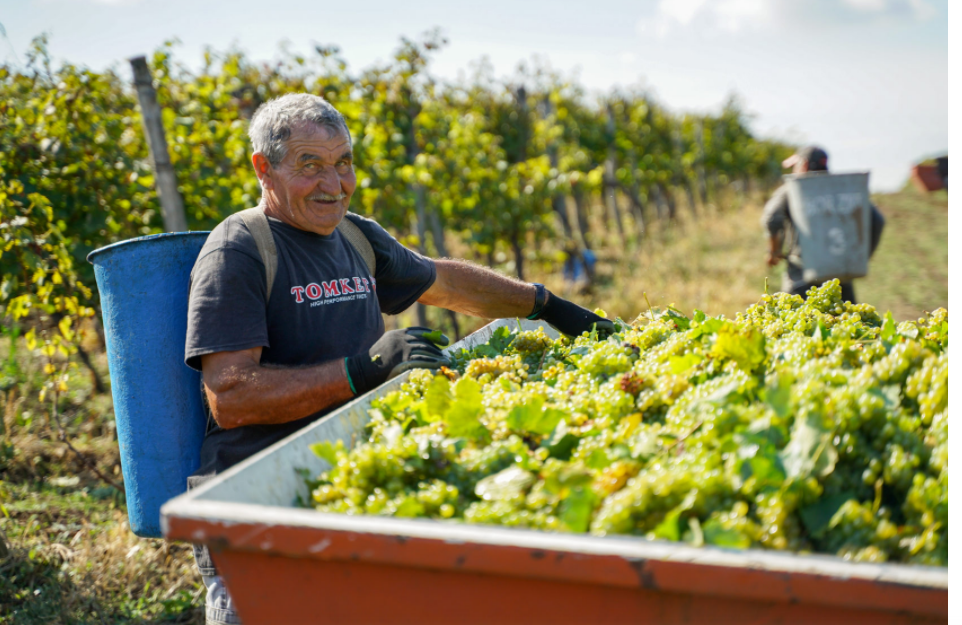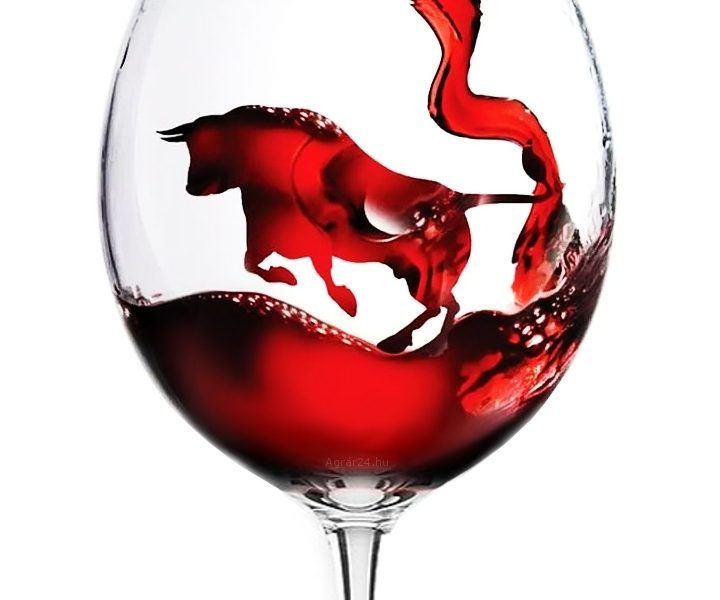A wine, of course, and a red wine at that. Its name means we can be certain it comes from Hungary, and from two wine regions in particular, Eger or Szekszárd. But what will the wine taste like after we open the bottle?

Just a 'little' history…
A short introduction follows. If you don’t want to read it, then scroll down straight away, although I think it’s a shame to skip the story and the legends. Firstly, it’s worth mentioning that white wines dominated in the Kingdom of Hungary until the end of the Middle Ages. This has changed over the centuries, as the advance of the Turks in the Balkans caused the southern Slavs to migrate north and it was they who introduced the Hungarians to the open vat fermentation of black grapes. In fact, they brought with them their well-established grape varieties, Kadarka, Csókaszőlő and Kratosija (which is identical to Zinfandel and was used to make sweet straw wines near the Danube in Budapest, in the early 1800s). When the Turks were driven back in the late 17th and early 18th centuries, many Germany settlers arrived in the kingdom, and for several hundred years, the three counties of Baranya, Tolna and Somogy were called Swabian Turkey. The worthy Germany put the cleanliness of the cellar first and foremost (neat and tidy Swabian cellars, as we all know) and brought the Portugieser variety with them. But that’s another story.
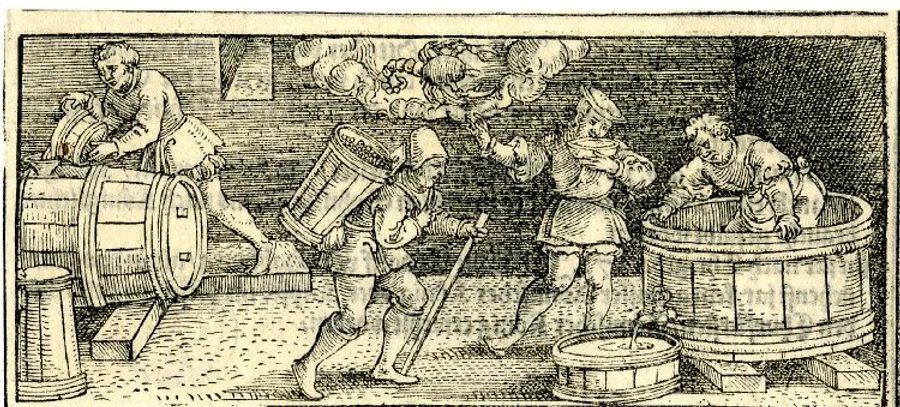
So, back to the Serbs, Croats, Dalmatians, Šokcis and Bunyevaks, or rather the Slavs, who in their own homeland even called a cellar’s best (most deeply coloured, fieriest) red wine Bull’s Blood, or Bikavér, or in Serbian, Bikova Krv. This custom then spread too, just like their black grapes, and Bikavér became the top wine in all the wine regions inhabited by Serbs and Croats, from Mohács through Szekszárd and Szentendre all the way to Eger. Let’s not go too deeply into the fact that a legend persists among the stalwart people of Eger that during the siege of Eger in 1552, when the Turks failed to take the castle, it was widely believed that the Hungarians had fought like lions because they had been drinking the blood of slaughtered bulls, whereas they had only been drinking wine because the water in the wells had been poisoned. It’s a good story, but at that time, people drank more white wine around there, although it is true that there was already a Serbian part of Eger.
Then, in the nineteenth century, several important changes occurred regarding Bikavér. One of them is that a moderately well-known poet from Szekszárd wrote the word Bikavér in a poem about wine, and this poem has survived, making it the first mention of Bikavér as a wine, and of Szekszárd, to this day. The other is that a wine merchant and producer from Eger published a ‘recipe’ for Bikavér. Of course, more importantly, at the beginning of the 20th century, just after phylloxera, he broke with tradition and cultivated each different variety in a separate vineyard, harvested and fermented them separately and then blended the finished wines. It is to him that we owe the first modern Bikavérs.
Let's discover the taste!
I know, I’m talking (or writing) too much. So, we now know everything about Bikavér in theory, but we have no idea what it’s like in reality! I’m afraid I have to disappoint you all, as there’s no way of putting this simply. Basically, Eger and Szekszárd have two very different terroirs. The former’s soils were formed over volcanic tuff, the latter’s over loess. Eger is located further north, a cooler region with a true cool climate, while Szekszárd is located further south next to the Danube, with red wines showing a more Mediterranean influence. However, both regions agree (and it was a long journey to get there) that Bikavér should be dominated by Carpathian varieties, with a special emphasis on Kékfrankos.
For those who think it’s plain sailing from here, I’d like to point out how adding 30% Cabernet Sauvignon or 20% Merlot to 40-50% Kékfrankos can change the character of the wine! Moreover, in Eger, Bikavér can be produced at three levels, which can give rise to further misunderstandings. The Classicus Bikavérs are lighter, the Superior more serious and the Grand Superior concentrated yet elegant. Good examples of basic Egri Bikavér are made by larger wineries like Juhász Testvérek, Ostoros, while for the higher categories, it is worth looking around at smaller wineries such as Böjt, Bukolyi or Thummerer.
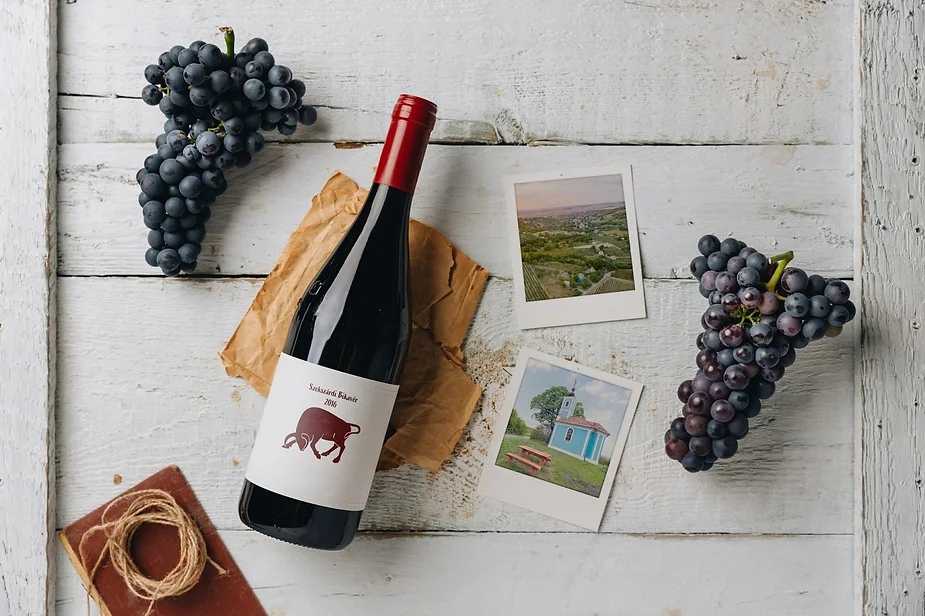
The situation is a little simpler in Szekszárd where only standard and premium Bikavérs are made, the latter of course from higher quality fruit. However, interestingly enough, it seems to be the Szekszárd wine region, in defiance of its Mediterranean red wine stereotype, where a higher proportion of local varieties (Kékfrankos and Kadarka) is used, which is perhaps why the emphasis is on a lighter, more elegant style. A good example of this is János Németh, who uses almost only Carpathian Basin varieties in his Bikavér, although Péter Vida’s Bikavér is also an excellent demonstration of this more elegant, lighter style. The Szekretár Estate produces a more serious, fuller-bodied wine, while the Sebestyén Winery boasts several single vineyard Bikavérs.
